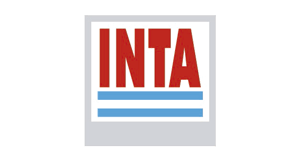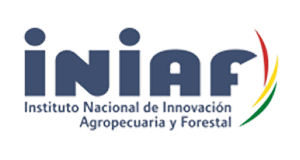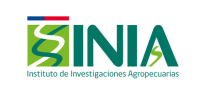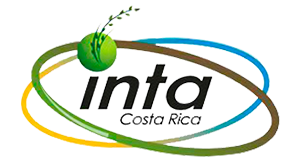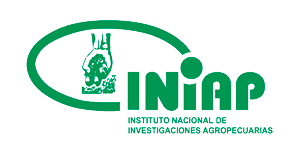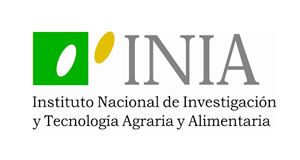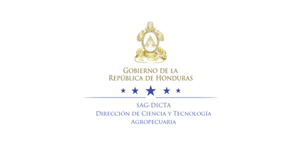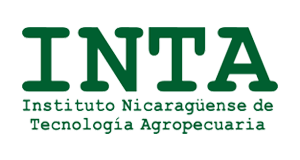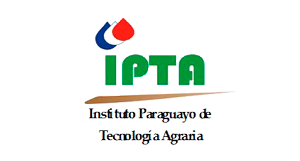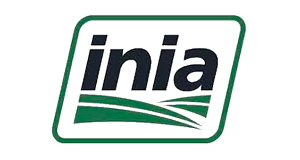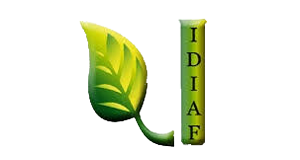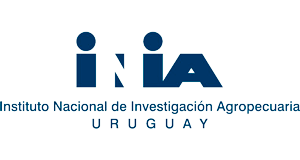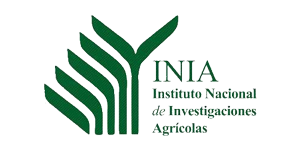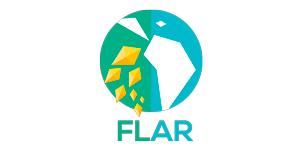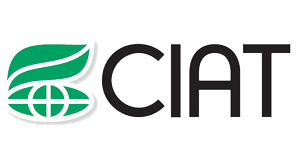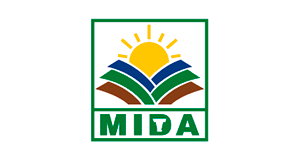Improving rice productivity in Panama: scaling-up of the SICA method
An initiative to promote the use of a more productive and efficient method of rice cultivation in Panama
Context of the story
Rice is the most cultivated and consumed food in Panama, and is the main source of income for more than 3,000 farmers. Although policies and incentives have been established to promote its production, in recent years it has been reduced due to low productivity and high production costs. Climate change will exacerbate this situation by increasing the frequency and intensity of droughts. Family farmers represent two thirds of the total and are the most vulnerable. One of the options considered to counteract the situation is the Rice Growing Intensification System (SICA, for its Spanish acronym), a methodology based on the integrated management of soil, water, plant and nutrients that has been successfully tested in 50 countries.
Evaluating the scaling-up potential of SICA
The implemented initiative
IDIAP has been testing SICA in farmers' plots of different provinces of the country with very promising results. Given the interest of the national government in achieving food security and primarily in rice, IDIAP requested the support of FONTAGRO to develop an action plan to guide and facilitate the validation and scaling-up of SICA in priority areas of Panama. The study was co-financed by the GEF and FONTAGRO, and executed by the Latin American Fund for Irrigated Rice (FLAR) and the International Center for Tropical Agriculture (CIAT), with the collaboration of IDIAP and the participation of other organizations.
Analyzing the scaling-up feasibility
The technological solution
For the preparation of the study, primary and secondary information sources were collected, through visits, interviews, surveys and review of published information. Qualitative and quantitative methods were used, and the results were validated in a participatory manner. The following activities were carried out: technical-economic-financial analysis of SICA, evaluation of appropriate systems for each type of producer, analysis of the value chain and market opportunities, existing financing schemes, risk analysis of the implementation of SICA and the proposed systems for increasing productivity. A participatory workshop was also held with 27 people among authorities, researchers and administrative staff of IDIAP, MIDA, MIDES, ACP, IICA, Calesa Group and the Nutrition Board; leading producers; FONTAGRO, and the research team in charge of the study.
Without rice there is no food
Participating countries
Results
• SICA increased the rice yield of small producers from 24 qq / ha with traditional rainfed systems to 126 qq/ha and allowing an additional crop cycle during the year.
• SICA + was proposed, a system modified on planting date, type of germplasm, fertilization, water management and mechanization.
• It is feasible to scale up SICA + at the level of small producers with access to irrigation.
• Systems were recommended for technical management and conversion of rainfed production to irrigation.
• The implementation of these systems is sustainable over time.
• The special rice markets, organic, "fututeado" (roasted and hulled) and "parboiled" (partially boiled) are an alternative to market SICA rice at better prices, but it is necessary to develop strategies for small-scale producers to access them.

 Back to the project
Back to the project United States
United States Argentina
Argentina Bolivia
Bolivia Chile
Chile Colombia
Colombia Costa Rica
Costa Rica Dominican Republic
Dominican Republic Ecuador
Ecuador Honduras
Honduras Nicaragua
Nicaragua Panama
Panama Paraguay
Paraguay Peru
Peru Spain
Spain Uruguay
Uruguay Venezuela
Venezuela
